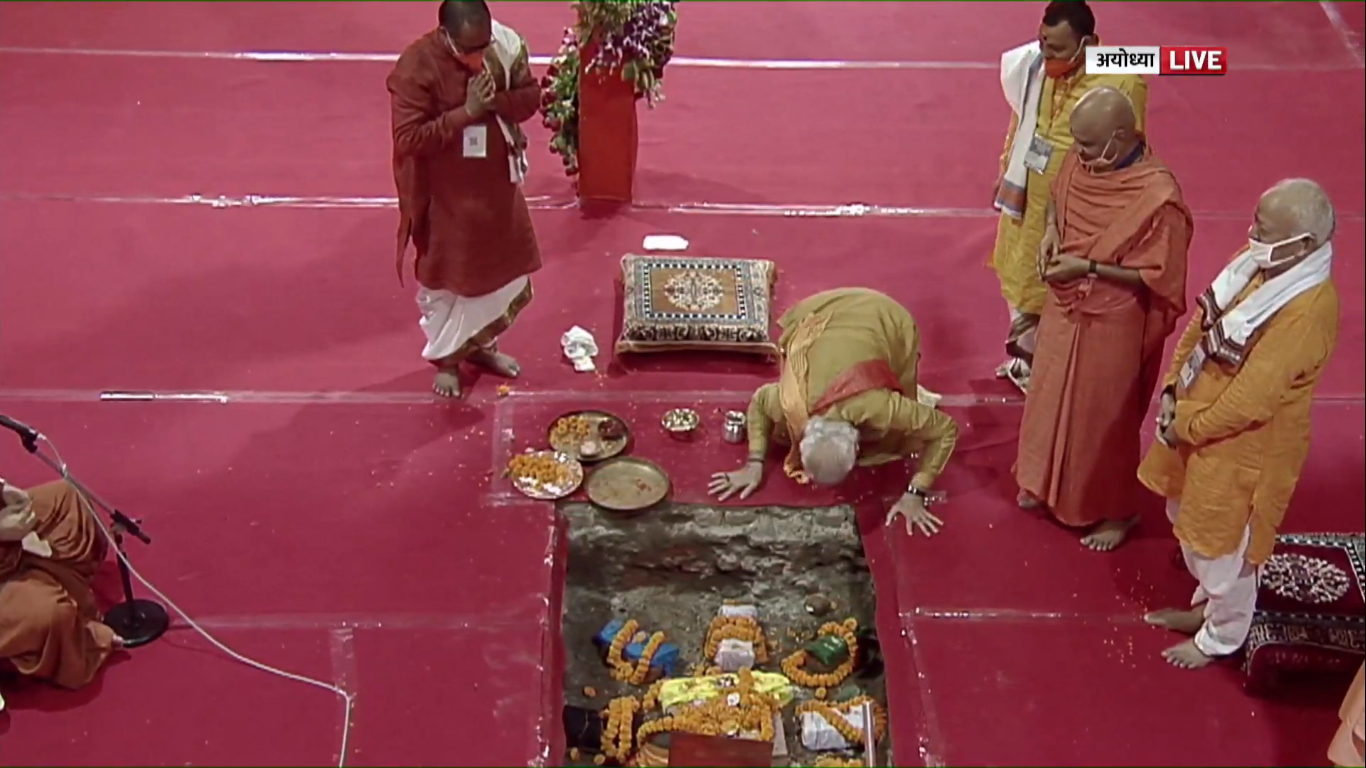New Delhi, Aug 23: Representatives of the All India Muslim Women Personal Law Board (AIMPLB) and the All India Shia Personal Law Board have hailed the Supreme Court judgement on instant triple talaq as a victory for Islam and Muslim Personal Law in the country.
 In a statement issued here the AIMPLB said that the verdict was a also victory for the Board as the judgment "accorded protection to the Muslim Personal Law."
In a statement issued here the AIMPLB said that the verdict was a also victory for the Board as the judgment "accorded protection to the Muslim Personal Law."
The apex court struck down the instant triple talaq, terming it "unconstitutional", and a practice that was against the tenets of the Quran.
The AIMPLB, a respondent in the case, had batted for the practice and had, in May 2017, submitted that the court must not venture into personal laws, saying they were protected under article 25 of the Constitution.
Kapil Sibal, while arguing for AIMPLB in the case, had stated that personal laws were a matter of faith that cannot be judged by the court of law.
“We welcome the judgment of the Supreme Court of India since it accords protection to Muslim personal law and says that personal laws cannot be tested by the courts on the grounds of violation of fundamental rights. Chief justice of India, JS Khehar, Justice Abdul Nazeer and Justice Kurian Joseph have accorded Personal laws the status of fundamental rights being protected under Article 25 of the constitution,” reads a statement by the board.
J.S Khehar and Justice Abdul Nazeer stated in the verdict that, “the Constitution allows the followers of every religion, to follow their beliefs and religious traditions. The Constitution assures believers of all faiths, that their way of life, is guaranteed, and would not be subjected to any challenge, even though they may seem to others (-and even rationalists, practicing the same faith) unacceptable, in today’s world and age. The Constitution extends this guarantee, because faith constitutes the religious consciousness, of the followers.”
The board has also said that this verdict would now ensure non-interference by courts in the matter of religion and their faith or beliefs, or from practices emanating from religious texts and belief systems of different communities.
However, AIMPLB cited the affidavit it had submitted before the apex court on May 22, and said that the board was ready to make instant talaq optional in the marriage certificate.
“We have always said Talaq-e-Biddat is not a desirable form of divorce, and hence, we submitted the affidavit on May 22, 2017, asking it to be optional in a Nikahnama for the wife. We accept the verdict and will work to see how it is implemented,” reads the AIMPLB statement.
The board has made it clear that the reference to parliament by CJI Khehar and Justice Abdul Nazeer to address the issue of ‘Talaq e Biddat’ was “inconsequential being the minority view on this point.”
AIMPLB further cautioned that the Supreme Court verdict “cannot be misused by the government to try to interfere with personal laws through legislation.”
AIMPLB general secretary Maulana Wali Rehmani, however, refused to comment on the verdict saying, the board will sit together and decide on the future steps in this matter.






Comments
Add new comment